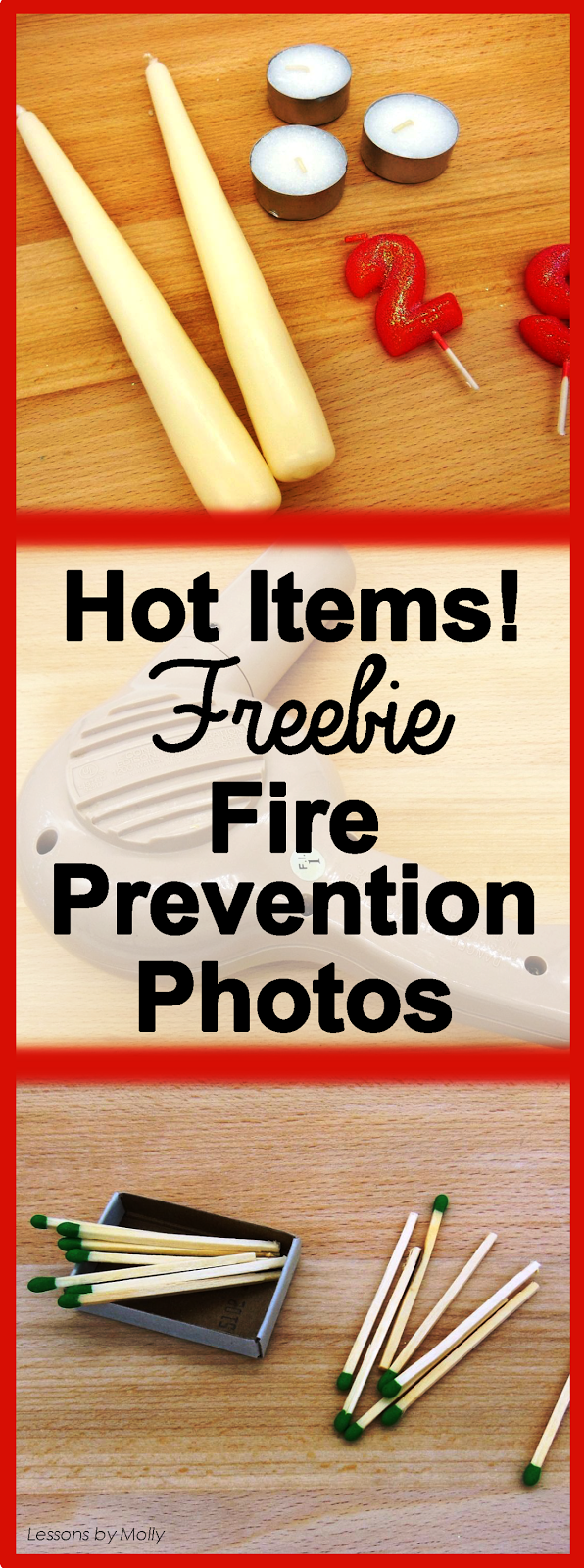This account demonstrates a regretful fact. Children are not being educated about what to do when they are burned. Moreover, there is little or no fire safety or burn prevention program mandated. At best, fire safety and fire prevention is pushed into a single health standard which gives a vague mention of it. Many schools have no materials or curriculum for fire safety leaving it to the teacher to build a program herself/himself. Perhaps the best thing that educators can do in this situation is to share their ideas for fire safety and burn prevention with each other. Here's an idea:
Ever since the event with my family member, I knew that a fire safety unit needed to include a component that tells children how to react if they are burned by liquid or food instead of just how to avoid it. The number one thing I tell children to do is to report the burn to an adult IMMEDIATELY. I also reinforce the fact that hot liquids can burn. Many children find this to be counter intuitive because they have a visual image in their minds of water being used to put a fire out. Maybe it's something they've seen on television. Another activity that I include in a fire safety and burn prevention unit is a teacher's "Show and Tell". I gather together some of my household items and bring them to class. Some items are passed around the circle for the children to touch. Items such as lighters are viewed but not passed around the circle. The point is made that those items are too dangerous for children to touch.
FREEBIES!
I've created a picture file with photos that I've taken of items that can burn. Click PICTURE FILE to get it. Click POWERPOINT to get the PowerPoint version. Click the image shown below to get the PDF version.
If you live in the state of Virginia and are curious about the fire safety and prevention standards, you can find them at the Virginia Department of Education website. Go to the "Health" standards. Here are the standard numbers for kindergarten and first grade: K.1 - p and 1.1 - e. I could not find a curriculum framework for the 2008 or 2015 health standards. It's indicated as "Not Applicable".
That's all for now!
Molly McMahon
Lessons by Molly


No comments:
Post a Comment